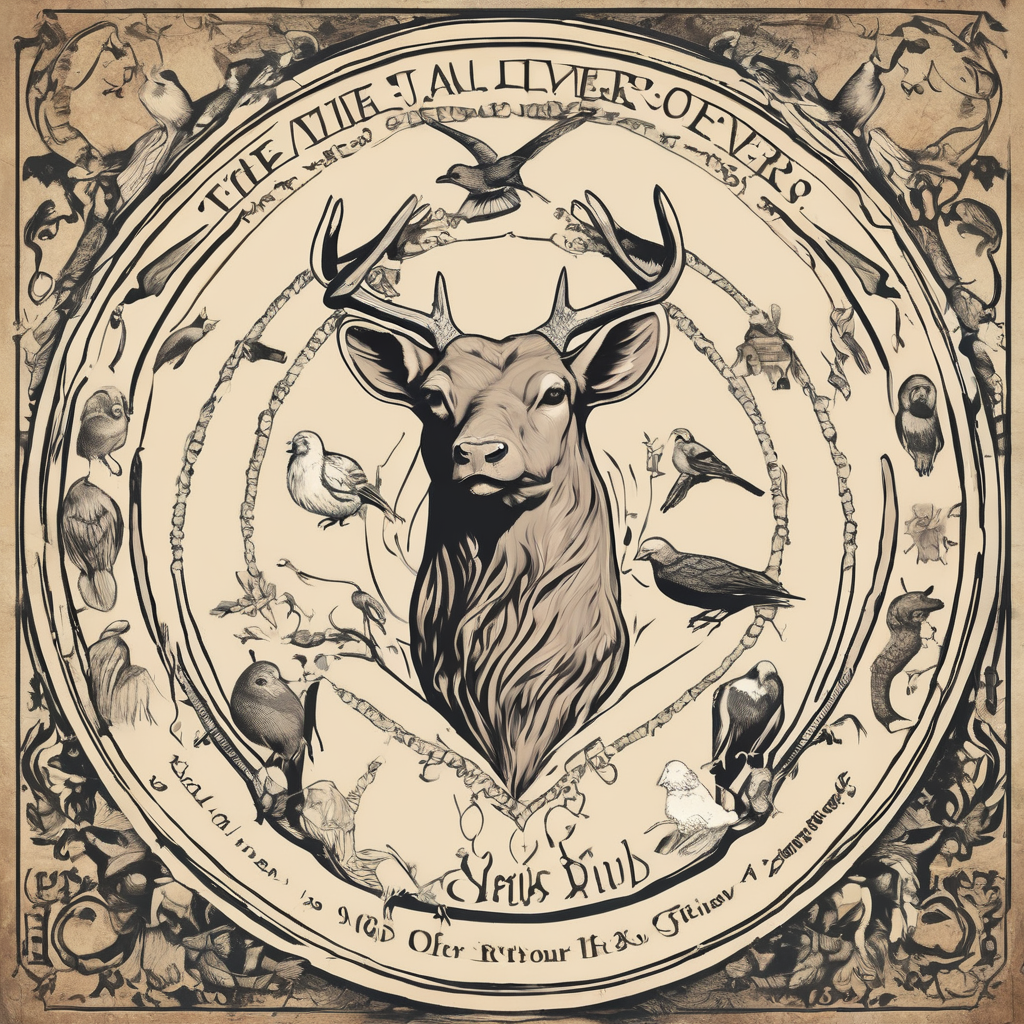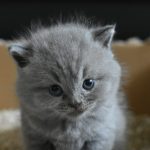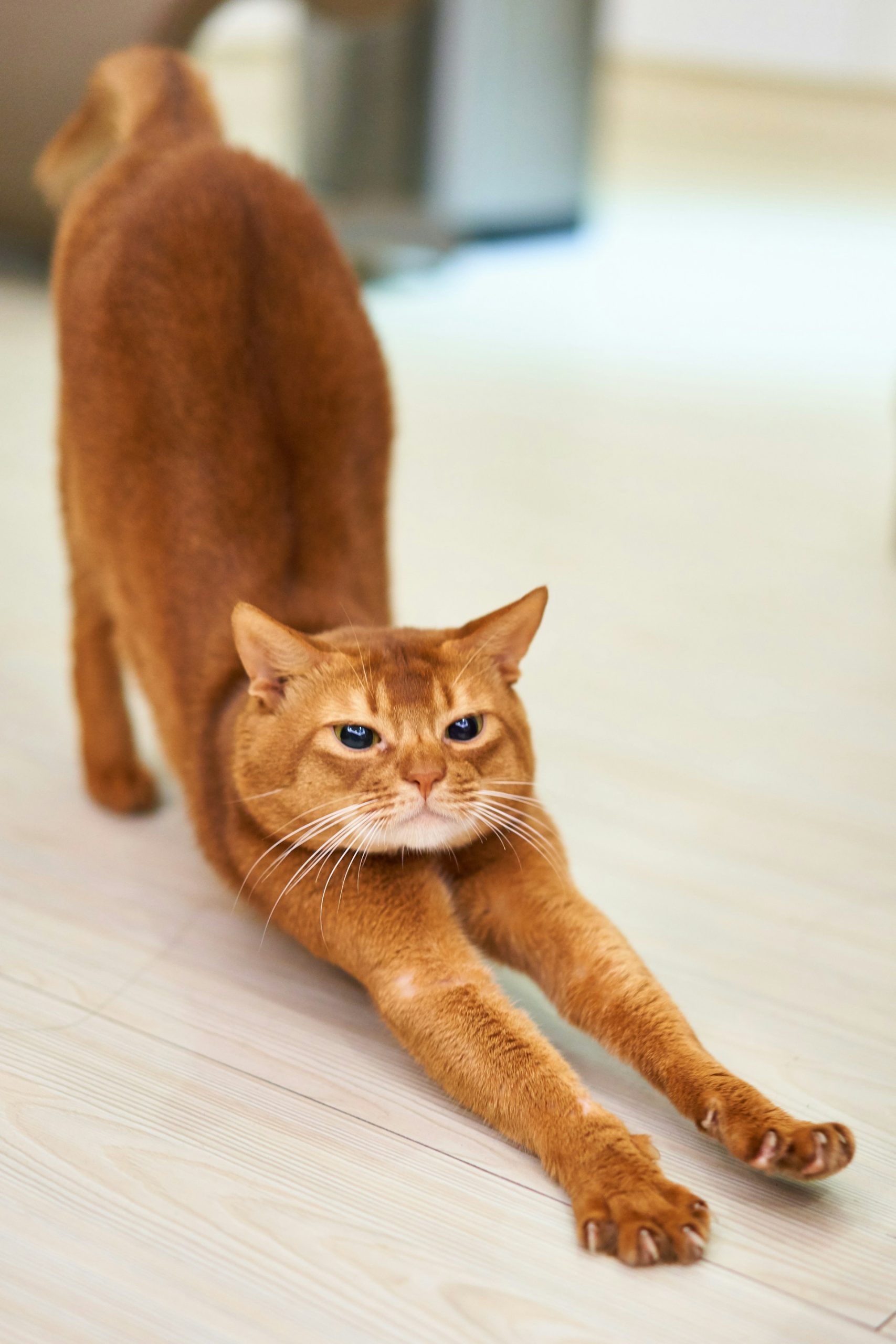Hydration is an essential aspect of our pets’ health, particularly in cats where it plays a pivotal role in preventing urinary tract issues. Your pets rely on you to provide them with the water they need to maintain their hydration and overall health. Understanding your cat’s water needs, recognizing signs of dehydration, choosing the right water source and food, and using appropriate drinking bowls can significantly enhance their well-being. This article offers comprehensive insight into maintaining proper hydration in cats prone to urinary issues.
Understanding Your Cat’s Water Needs
Cats, like humans and other animals, need sufficient water intake for their bodies to function optimally. Water aids in various bodily functions, including digestion, absorption of nutrients, circulation, and excretion of waste. It’s essential for maintaining a healthy kidney and preventing urinary tract issues.
Avez-vous vu cela : What is the appropriate protocol for bottle-feeding orphaned kittens and ensuring proper nutrition and growth?
Cats naturally have a low thirst drive, which is why they often don’t drink enough water. Their ancestors were desert dwellers, and their bodies evolved to get most of the moisture they need from their food. However, modern domestic cats often eat dry food, which provides far less moisture than their natural diet would.
For cats prone to urinary tract issues, water intake is especially critical. Sufficient water consumption dilutes the urine, which helps prevent the formation of urinary crystals and stones.
A voir aussi : What are the best practices for handling and care of a hairless breed like the Bambino cat?
Recognizing Signs of Dehydration in Cats
Identifying signs of dehydration in your cat is key to ensuring their overall health. Cats are masters at hiding their discomfort, and they might not show obvious signs of dehydration until the condition is severe.
Common signs of dehydration in cats include lethargy, loss of appetite, sunken eyes, dry gums, increased heart rate, and decreased skin elasticity. In severe cases, dehydration can lead to urinary problems, kidney failure, and even death.
If you suspect your cat is dehydrated, it’s crucial to take them to a vet immediately. They will provide appropriate treatment, which may include administering fluids intravenously or subcutaneously.
Choosing the Right Water Source and Food
Cats are often finicky about the water they drink. They prefer running water as it’s fresher and more appealing to them. Providing a cat water fountain can encourage your cat to drink more water, improving their hydration and reducing the risk of urinary issues.
The type of food you feed your cat also plays a significant role in their hydration. Wet cat food is a great option as it contains up to 80% water, providing your cat with a good portion of the hydration they need. However, if your cat prefers dry food, try to encourage additional water intake by providing fresh water at all times and consider investing in a cat water fountain.
Using Appropriate Drinking Bowls
The type of drinking bowl you use can also affect your cat’s water intake. Many cats dislike drinking from plastic bowls as it can give the water an unpleasant taste. Additionally, some cats are allergic to plastic, which can cause skin conditions.
Ceramic or stainless steel bowls are usually a better choice. They are more durable, easier to clean, and don’t give the water any off-taste. Some cats also prefer wider bowls that don’t touch their whiskers when they drink.
Also, remember to change the water regularly and keep the bowl clean. Cats are more likely to drink clean, fresh water, and a dirty bowl can harbor bacteria that could harm your cat’s health.
Maintaining Proper Hydration
Consistently monitoring your cat’s water intake is essential to ensure they’re adequately hydrated. Be observant of any changes in their drinking habits and take note if they’re drinking more or less than usual.
If your cat isn’t drinking enough water, try to make the water more enticing. You might add a bit of tuna juice or chicken broth to the water, but make sure it’s free of onions and garlic as they’re toxic to cats. Remember, the goal is to make the water more appealing, not to replace it with another liquid.
Hydration is an essential aspect of your cat’s health, especially for cats prone to urinary issues. By understanding your cat’s water needs, recognizing symptoms of dehydration, choosing the right water source and food, and using appropriate drinking bowls, you can greatly enhance their well-being and longevity.
Monitoring and Encouraging Fluid Intake
Regular monitoring of your cat’s fluid intake is essential in maintaining their hydration level, particularly for cats prone to urinary tract issues. As much as possible, ensure that your cat has unrestricted access to fresh drinking water. Keeping an eye on how much your cat drinks can help you quickly identify any changes that might indicate a health issue.
For instance, if your cat is drinking more water than usual, it could be a sign of various health problems like diabetes or kidney disease. Conversely, if your cat is drinking less water, it may lead to dehydration or urinary problems.
An often overlooked but essential aspect of encouraging a cat’s water intake is making the water source as enticing as possible. Cats can be quite particular about their water source. They prefer clean, fresh water and are more likely to drink from a continuously running source, such as a cat water fountain. This mimics the running streams their ancestors would have drunk from in the wild.
Try to locate the water bowl or fountain away from the cat’s food and litter box. Cats instinctively avoid water near their food or toilet area to prevent contamination.
Moreover, you can stimulate your cat’s fluid intake by offering wet food. Wet food contains a high percentage of water, contributing significantly to your cat’s daily water consumption. If your cat is particularly fond of dry food, try moistening it with a little water or broth to increase its water content. However, remember that broth should be free of harmful substances such as onions and garlic.
Conclusion: Ensuring Proper Hydration for Cats
Ensuring proper hydration for your cat, especially one prone to urinary tract issues, is crucial for their overall health and well-being. It requires understanding your cat’s water needs, recognizing signs of dehydration, providing the right water source, using appropriate water bowls and offering a suitable diet.
Always remember, water plays a significant role in various bodily functions in cats, including digestion, nutrient absorption, circulation, and waste excretion. It also helps to prevent the formation of urinary crystals and stones.
Monitoring your cat’s fluid intake and making the water source as enticing as possible can significantly encourage drinking. Offering wet food can also help increase your cat’s water consumption, enhancing their hydration.
Lastly, it is essential to provide an environment conducive to drinking, such as using a cat water fountain or offering a wide, non-plastic water bowl that is regularly cleaned and refilled.
By taking these steps, you can significantly help your cat maintain proper hydration, thereby reducing the risk of urinary tract issues and contributing to a healthier, happier feline companion.











